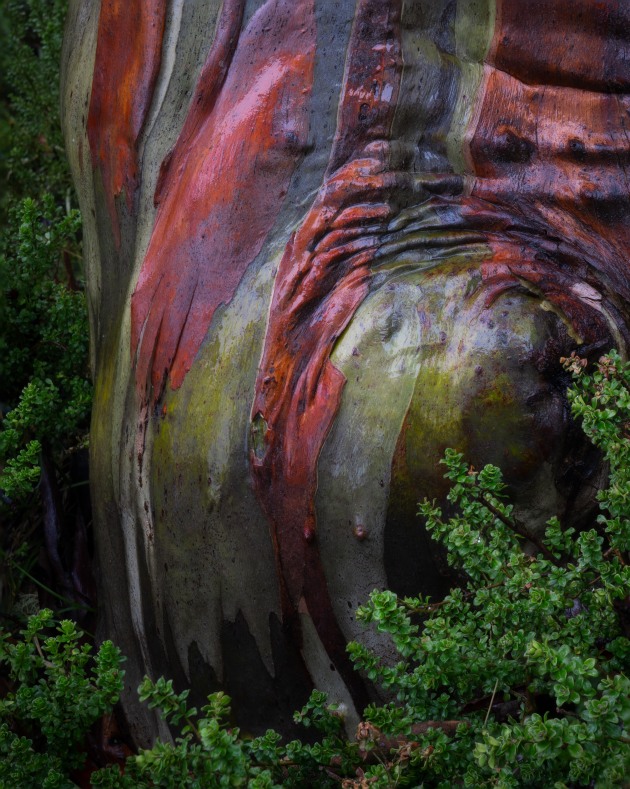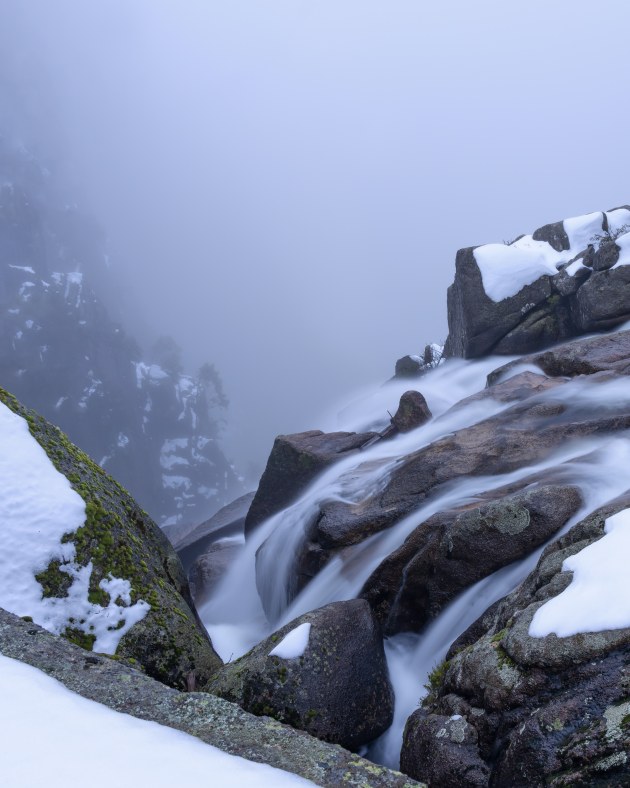The little things: A guide to quiet landscape photography (part two)
This part two of a two part serties on 'quiet' landscape photography. You can see part one, from last week, here.
The lenses
If you are used to photographing grand scenes, then you will likely need to train your eyes to see smaller scenes and begin noticing the details in nature. At least initially, using the ‘right’ focal range will help you identify these scenes when your eyes are learning to identify intimate landscapes.
When exploring dense landscapes like a forest, I have found that looking through the viewfinder with a midrange or telephoto lens while slowly scanning the landscape is a great way to isolate subjects and visualise potential compositions.
Typically, intimate scenes have a narrow field of view when compared with a traditional wide-angle scene, therefore any mid-range or telephoto zoom is going to be your go-to lens for these types of photographs.

A mid-range zoom such as a 24-70mm or 24-105mm is great for intimate photographs in forests, or where the subject is relatively close to you, and you wish to eliminate distracting elements such as a sky or foreground element from the scene.
A telephoto lens such as a 70-200mm or a 100-400mm comes into its own when zooming into a particular section of a distant landscape that you wish to bring to the viewer’s attention. These lenses can also be useful for scenes where the subject is close, and a mid-range zoom is still too wide for eliminating distracting elements from the scene.

Using light
One of the things I love about photographing intimate scenes is they can often be captured under a variety of different lighting conditions. Unlike grand landscapes which are generally restricted to the golden hours, intimate landscapes can benefit from a range of different lighting conditions.
Not to discount the importance of light, it is still a crucial aspect to photographing scenes in nature, however, the key is to knowing which type of light will best suit a particular type of scene.

For example, if you are photographing abstract patterns of reflections in a river you would require direct sunlight and the position of the sun would also be a crucial factor. On the other hand, if you are photographing sand dunes and your vision is to convey a sense of calm, then you may choose to photograph them under the soft light of twilight.
Personally, I find flat light to be conducive with intimate landscapes as it’s a soft light that still allows details and colours to be captured naturally without any type of colour cast. Flat light (like on an overcast day) allows for photographing at almost any time of the day. It’s also typically low in contrast and provides an even and consistent light across the entire scene.

Experiment and take risks
Photographing intimate landscapes can be a challenging transition if you are only used to photographing grand landscapes. I think this is because often the risks that come with capturing grand landscapes are relatively minimal. They typically have a high probability of success because by their nature, they are grandiose and awe-inspiring, and have probably been photographed many times before.
We live in a world where likes and comments define the success and popularity of many of our images. This unhealthy relationship with social media has pigeonholed many people into shooting for popularity rather than for themselves and therefore rarely choosing to experiment outside the parameters of what is deemed ‘popular’. I strongly believe this is at the detriment of their artistic growth.

Switching your mindset away from this way of thinking will allow you the freedom to experiment with a range of new and creative opportunities.
Be open to experimenting with scenes that may not be considered ‘popular’ but have caught your attention and that you find interesting. It may just be that others see what you see and take a keen interest in your new, more unique style.
It’s also important when beginning to shoot these types of scenes to become comfortable with failure. These scenes may not always result in award winning images; however, it will be your failures that you will learn from the most and put you on the path to success. Good luck. ❂


